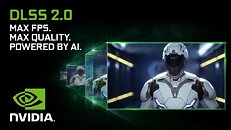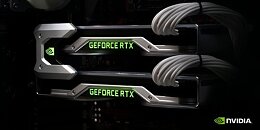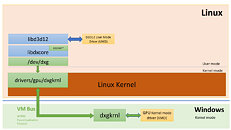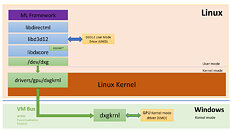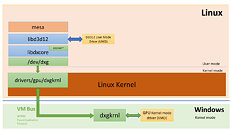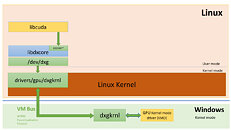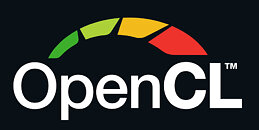Basemark Debuts World's First Mobile Device Benchmark with Variable Rate Shading
Basemark launched today its second GPUScore graphics benchmark, called The Expedition. The Expedition targets high-end smartphones and other mobile devices running on Android or iOS. It utilizes the latest mobile GPU technologies, like Variable Rate Shading on supporting devices. As for graphics APIs, The Expedition supports Vulkan and Metal. The Expedition uses state-of-the-art rendering algorithms, similar to ones seen in the latest mobile games. Every run of GPUScore: The Expedition runs exactly the same content regardless of hardware and operating system. This combination makes the test results truly comparable with high accuracy and reliability.
The difference in graphics performance between desktops and mobile devices is getting narrower, as consumers want smartphones and other mobile devices with superior graphics performance. Consequently, graphics processors used in handheld devices are rapidly evolving. This raises the importance of new graphics performance benchmarks that test the latest devices correctly. Relevant measurements give the consumers an accurate understanding of the graphics performance, which is a major selling point.
The difference in graphics performance between desktops and mobile devices is getting narrower, as consumers want smartphones and other mobile devices with superior graphics performance. Consequently, graphics processors used in handheld devices are rapidly evolving. This raises the importance of new graphics performance benchmarks that test the latest devices correctly. Relevant measurements give the consumers an accurate understanding of the graphics performance, which is a major selling point.



































